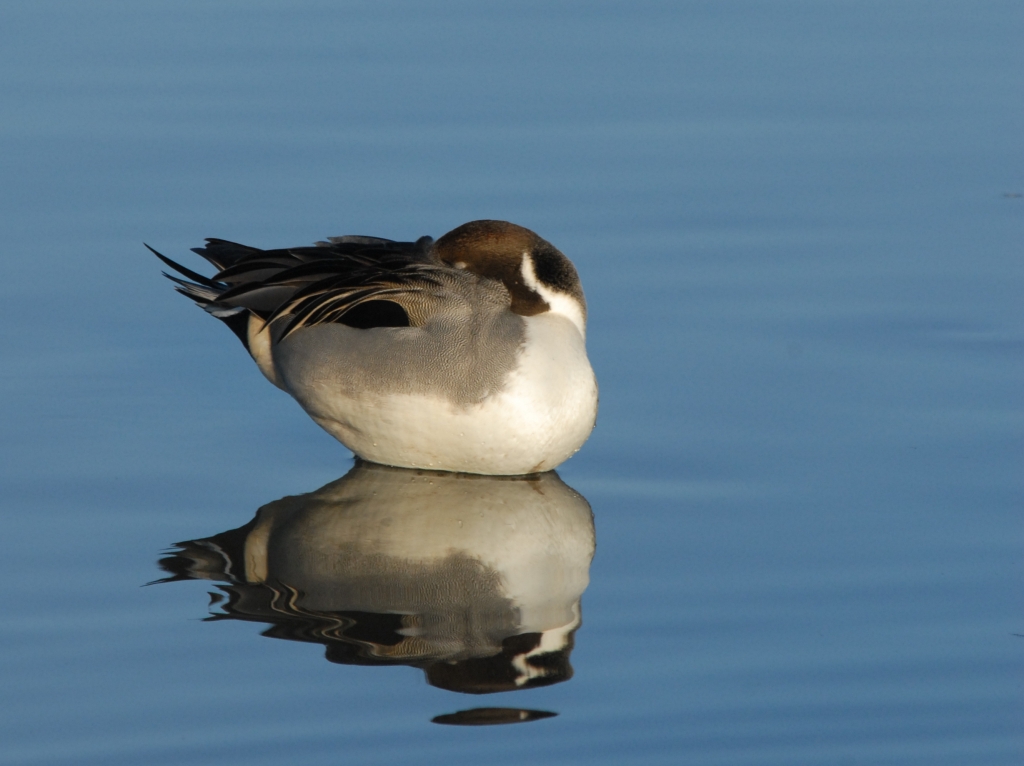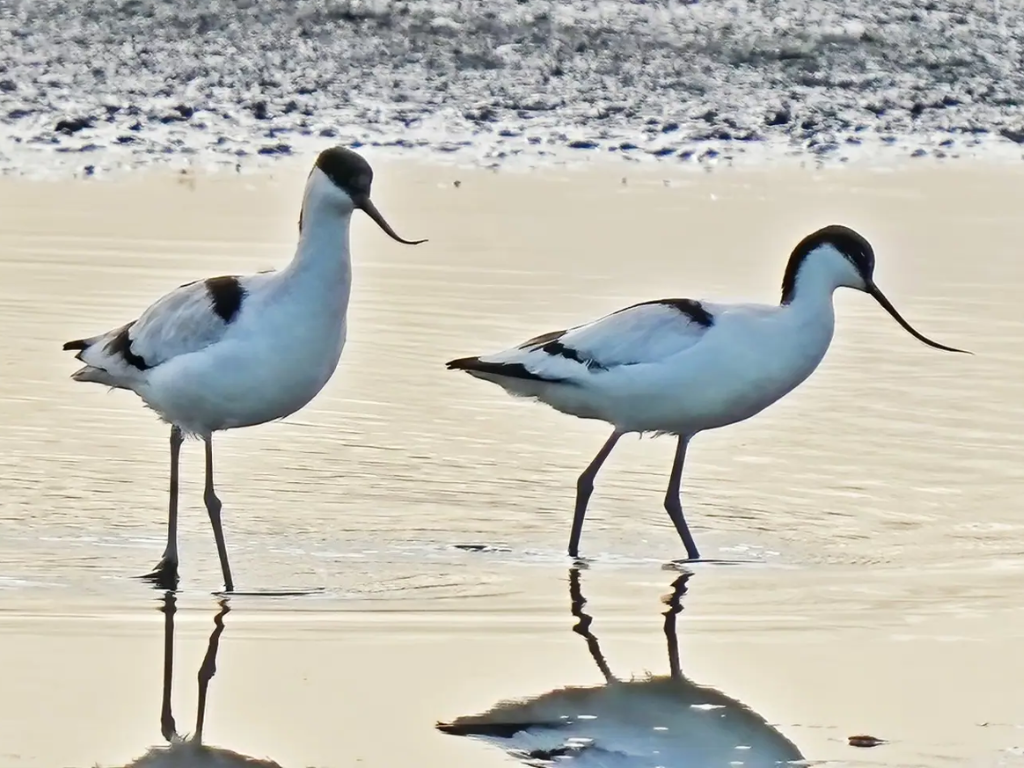Recent Sightings 29th January - 4th February
Pintail, Peregrine, Goldeneye, Merganser, Grebe
The arrival of February signifies the closing months of a relatively mild winter, although there is another month left to be proved wrong with a late cold snap.
We've had a variety of weather types this week, from grey skies to light drizzle breaking through into sunshine and strong winds, making opening the hide windows a difficult affair unless prepared for the cold. As always, those who persist through varied conditions have been rewarded with some great sightings.
We've had a variety this week, starting with a fly-by of a Glossy Ibis on Monday evening. Unfortunately, it wasn't confirmed whether or not it landed further into the reserve but it headed South West towards and eventually over the Deep Water Lake where the Peter Scott and Heron's Wing hide are situated. They're quite long birds in flight and are almost instantly recognisable as they are so unusual to see, with a long black body and a curved beak, best described as a black curlew, so there is a high chance of that particularly Ibis having another fly-by in the coming weeks.
We've also been lucky enough to have clear views of the estuary from the British Steel Hide where yesterday (3/2), around 976 Northern Pintail ducks flocked together on the near bank to feed and congregate. Northern Pintail ducks are extremely elegant in their appearance with a small brown head with a dove grey back, and a sharp pointing tail that makes them stand out next to other waterfowl. They spend their winters in estuaries throughout the UK, so a significant number here in the Gower is a testament to the biodiversity in the area.
In the Saline Lagoon we have had some excellent sightings of a Goldeneye duck, Red Breasted Merganser, and Great Crested Grebe.
Like the Pintail, the Goldeneye is a dashing duck. They're small and have a greenish black head with a white patch on their the cheek, and like their name states, have a vibrant yellow eye. The body is similar to that of a Tufted duck but it instead has a white patterning on it's wings, so they can blend in quite well into the local Tufted Duck population unless inspected closely.
The Red Breasted Merganser and the Great Crested Grebe on the other hand are a lot larger, almost identical in their shape and stature but differ greatly in their colouration throughout the year. Both are long and slender with a long beak, but the Merganser has a long red beak and eye with a green head, white neck, and grey body whereas the Grebes during the winter have a grey coat, white neck, and a dark grey almost black cap. The Grebes transform in the spring and often breed in the Deep Water Lake, so we'll be sure to update when they begin courting dances and rituals when they arrive.
This week the Godwit and Lapwing have been on high alert and with good reason. On Monday (31/1) and Thursday (4/2), a shadow of a Peregrine Falcon was cast over the Millennium Wetlands and Saline Lagoon causing the large flocks to take flight and perform evasive manoeuvres, thundering through the skies. Luckily, the Peregrine only tailed the flocks before deciding it would be easier elsewhere, but only after causing a huge stir.
The Godwit and Lapwing were unsettled for a long while after, which reminds us why these birds are so flighty in the first place. Danger can be around every corner.


